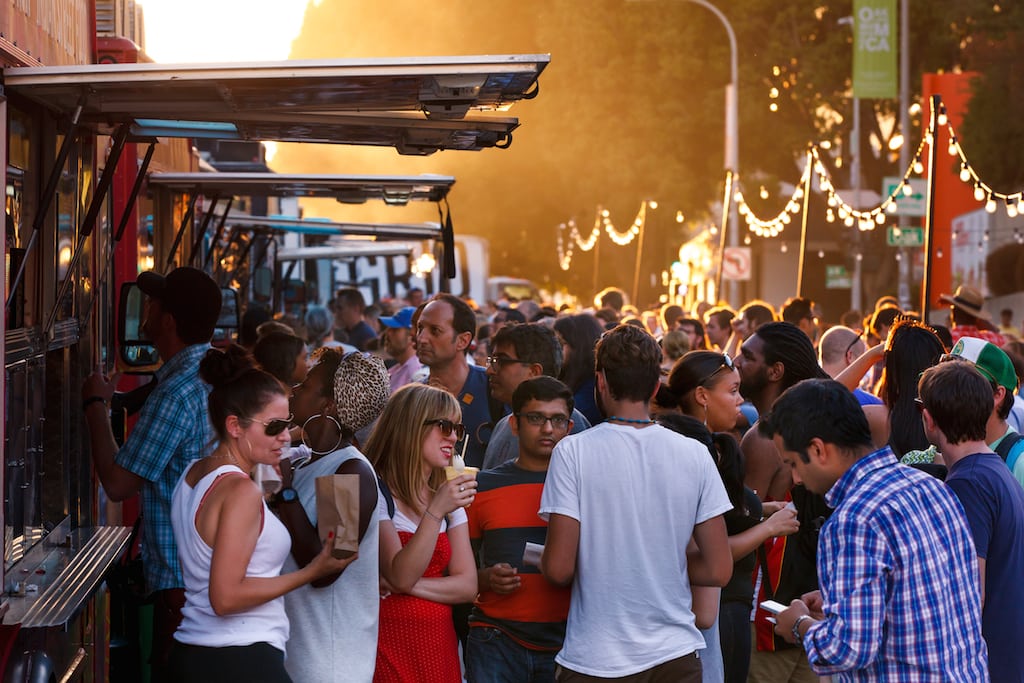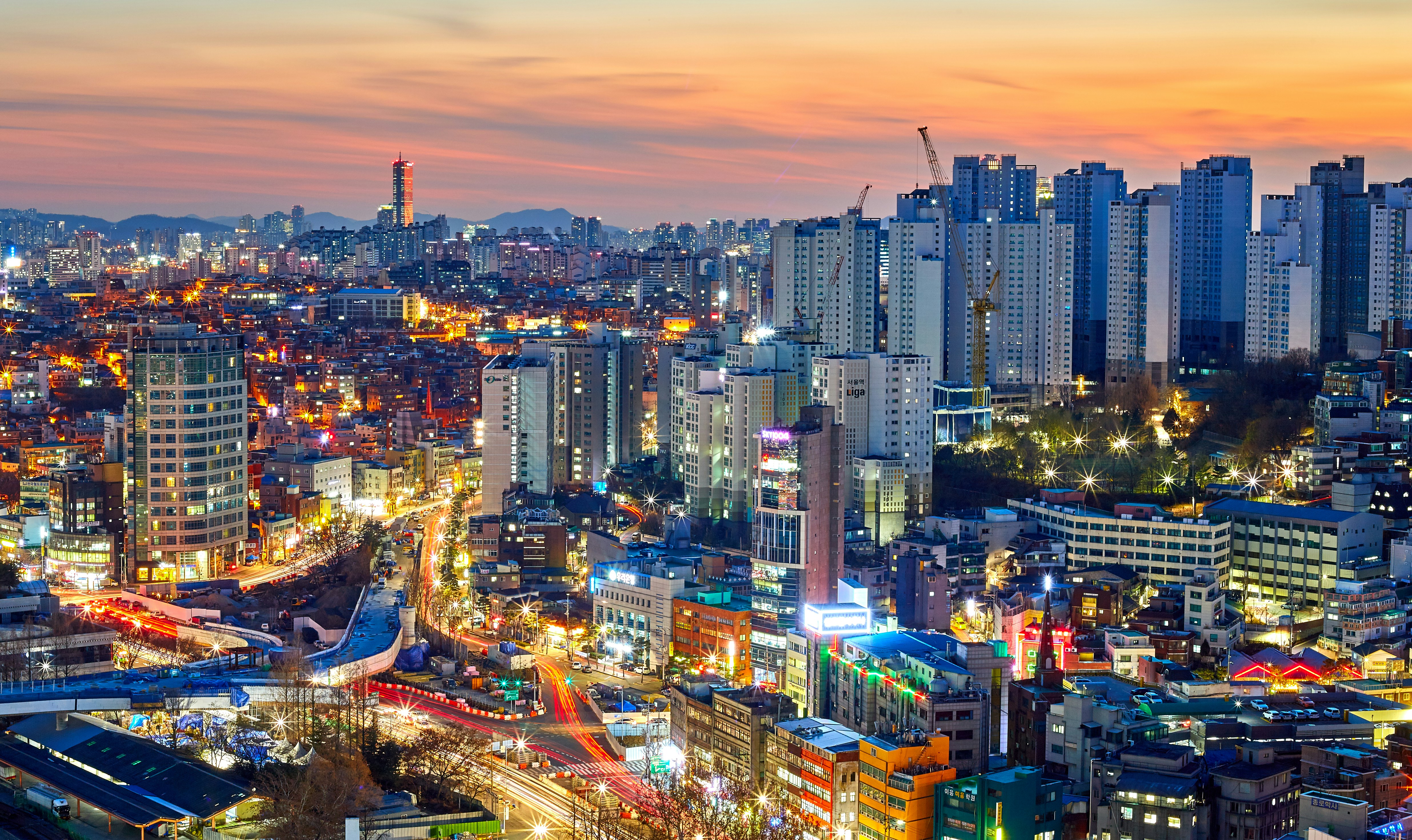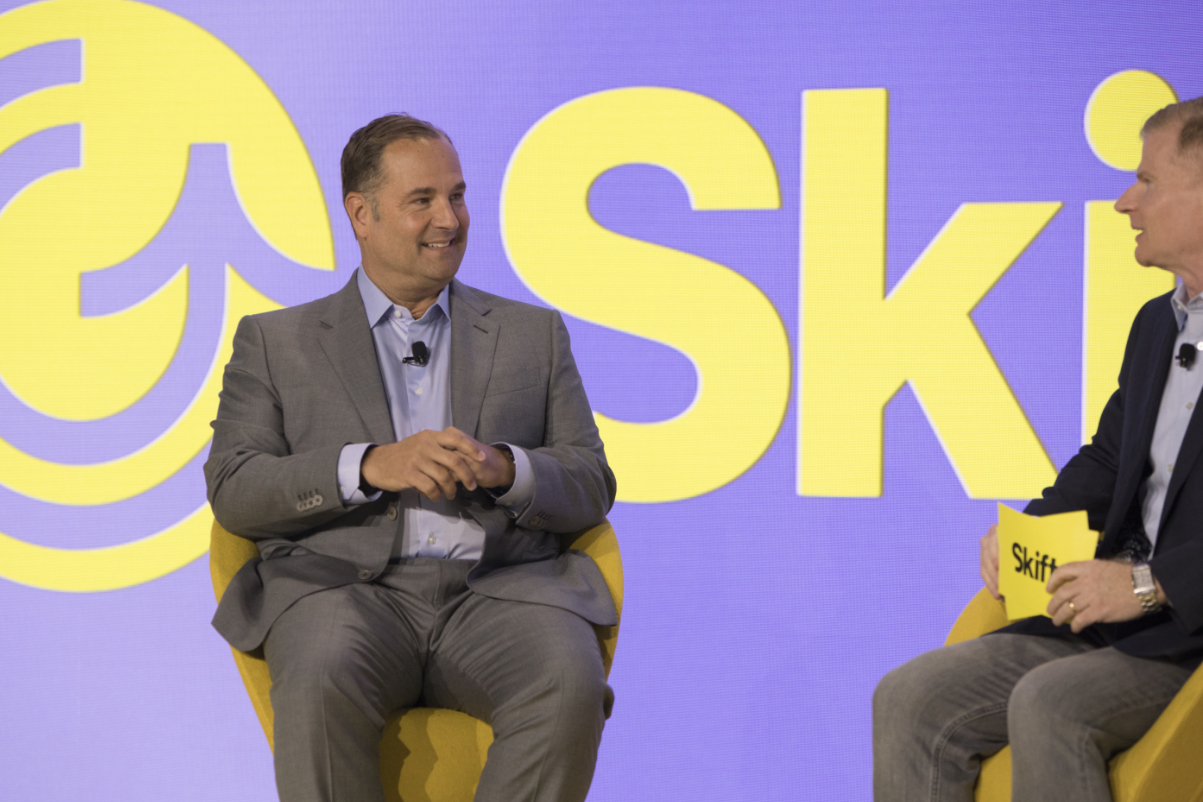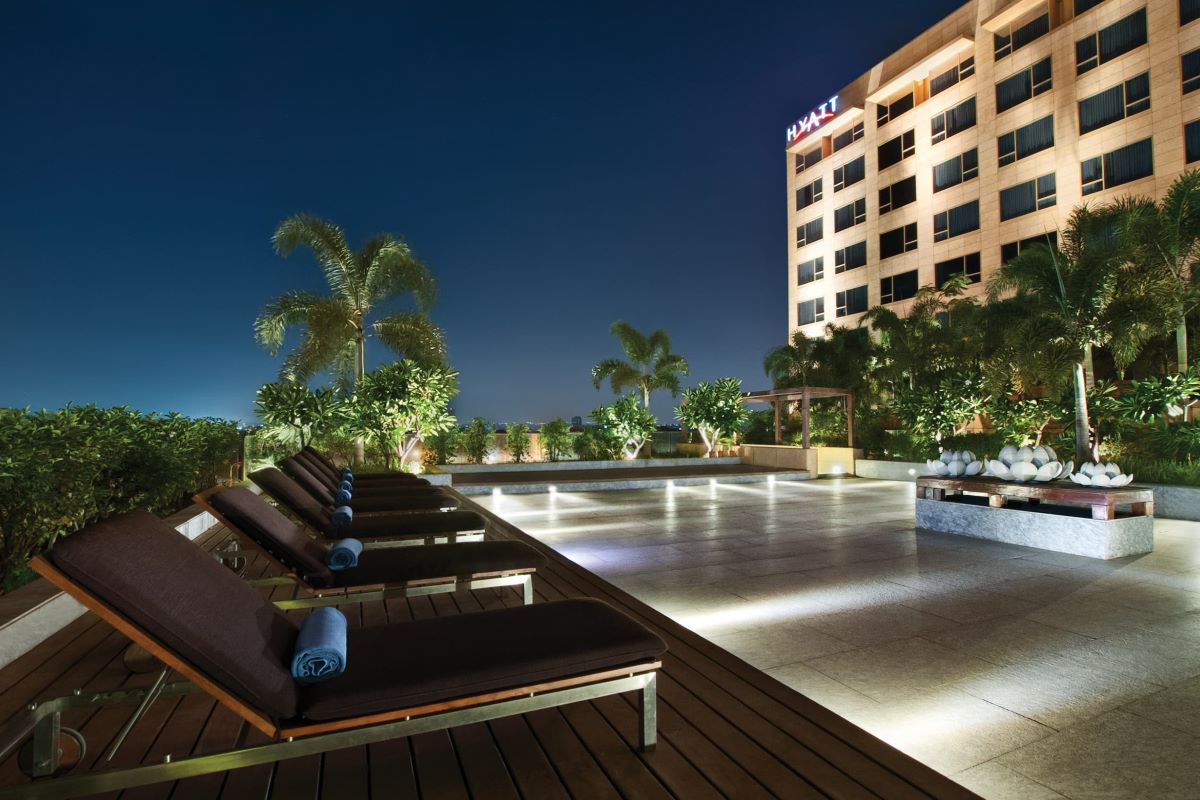Interview: How a First Time CEO Fixed a Totally Broken Oakland Tourism Board

Skift Take
When Alison Best took over as president and CEO of Visit Oakland in September 2012, the executive board advised her to spend her first day firing the entire staff.
During a lively presentation at the Destination Marketing Association International (DMAI) conference last month in Las Vegas, Best described how she had no previous experience as the top person running a destination marketing organization (DMO). Her previous positions were in sales at Tourism Whistler and business development at Santa Monica Convention & Visitor's Bureau—two DMOs that she asserts are decidedly well managed.
Visit Oakland, meanwhile, circa 2012, was a mess. Without any strong leadership or national brand outreach, the Oakland DMO was "spinning wheels," says Best.
That's changing. Today Oakland—specifically West Oakland—has been labelled "Brooklyn by the Bay," due to the sudden influx of new residents fleeing rising rents in San Francisco immediately to the west and Berkeley directly north. Also aligned with the Brooklyn story, West Oakland is attracting all of the usual bohemian suspects from edgy celebrity chefs to industrial design art galleries to tech startups.
Of course, many Oaklanders chafe at the Brooklyn analogy.
“Some residents are not so sure about that phrase, saying we are our own city, but it has helped people across the country get their heads around what’s happening here,” said Best, during a follow up phone call. “And what’s happening here is amazing. West Oakland is drawing national attention, in part because there’s no big box retail here. So there’s lots of small businesses, neighborhood restaurants and art galleries, and pop-ups with a distinctly local vibe.”
One example of that attention, San Francisco magazine dedicated its entire June issue to Oakland. Stories highlight everything from Oakland becoming the hottest culinary scene on the West Coast to its evolution as a "modern lesbian dreamscape."
Some of the factors behind that success can be attributed to Best and her team at Visit Oakland.
"I came into a position as a first time CEO that was a complete cluster—," says Best, without finishing the word. "Tourism had never been valued in Oakland, and we're a good size destination. The city didn't understand it. The chamber did not understand it. The teams didn't understand it. The airport didn't understand it. Well, the airport probably understood it but they weren't working with the DMO."
Best may have absorbed a lot of quality tourism management and leadership skills at Whistler and Santa Monica, but she can also credit her plucky, forthright and sunny demeanor that won over the crowd like no other presenter at DMAI.
Following are some of the more enlightening excerpts from Best's presentation in Las Vegas:
On starting from scratch:
So I came into a really fragile, sort of tender situation where I knew it was a mess, but I wasn't in any position to criticize anything that had gone before me. I also needed to start over and rebuild. We are 12 minutes from San Francisco. I view that as a great thing. Oakland, until I got there, I think saw themselves as a poor cousin and probably not worthy of being a destination, so that was a challenge for me but a huge opportunity too.
I unfortunately had to clean house. When I was given the job, the board said, "Our suggestion is to come in on day one and fire everybody, and start over."
So I said, "That's not the way I am, I'm Canadian, I just don't have it in me. So you guys can fire everyone and give me a clean slate. Or let me come in, and with some new leadership and some new vision, we'll see who rises to the occasion and who has to go."
So I've been there now almost two years, and I have the most tenure in the company.
On building internal company culture:
We've created a new team of people who understand what we're trying to do and really believe in the product. Some would say Oakland is a tough sell. Definitely tougher than Santa Monica or Whistler. So a new vision was important... and a new internal culture.
As we worked through our branding and change externally, we also wanted to create brand change internally. We wanted people to know who they were working for, how did it feel to work there, how do we treat each other, how do we deal with tough stuff, how do we celebrate things.
So we've created a code of conduct to build this cool internal culture, and hopefully everyone will stay and grow, and we can grow together. We had to do a lot of housekeeping internally.
On working with the community:
Then we really just had to go out for the first six months having one-on-ones with the Oakland community. One-on-ones with people who were like, "Yeah, we know what you do."
I'm like, "Oh no you don't, and you don't know what we're going to do, and we'd like you to give us a chance to do things in a new way."
So it was a lot of meetings. I asked for a lot of grace, I asked for time, I asked for people to be patient, and I asked people to get on board with us. We needed their support.
On the role of a DMO:
We had I think six sales people when I started. They were just going to trade shows, they weren't keeping files, or sending out quality leads. There wasn't any value there.... I knew I didn't want to be a sales organization. We call ourselves a DMO because we're supposed to be a marketing organization, so that whole lead generation, measuring everybody by room nights sold—all of that is just totally counter-intuitive to what I truly believe in.
Now I have a sales team of one and I have a marketing and PR team that is phenomenal. They're changing the conversation, they're changing the external narrative. The level of our work changed but the work that we were actually doing did a whole 360.
We now have credibility to the point where we've become this kind of hub of leadership in the community that we almost can't keep up with. For a lot of what we're asked to get involved with, we're at the point where we have to really look at it in conjunction with our goals, and where we're trying to go with a really limited budget and limited staff. We're starting to have to say "No" to some things, so we need to be super strategic.
So, you always hear how you should be at the table. We really feel in Oakland that we sort of had to build the table, and then we've actually invited people to our table, which has caused a stir for some people who've been doing their jobs for 20 years.... It's ruffled some feathers, but I think we've done it in a way that has gained a lot of credibility, but that hasn't always been smooth sailing.
On the subject of crime reporting:
We know that we have a storytelling issue. Some people know Oakland for our sports teams. Some people know us as a very crime-ridden city. That's probably the biggest boulder that we have. What we found around us within 40 miles of Oakland, the crime story leads. So we have this great city across the Bay, and they have probably 10 very powerful media outlets from TV, print and radio. They're all San Francisco-based, or San Jose-based.
They're very protective of the San Francisco brand, which is fine, but what we've learned as I came in and started watching the news, they always say "Oakland" when they're telling their crime stories. So when someone gets killed in East Oakland, and all of you have an East something, in our case that's just Oakland. Over and over, Oakland, Oakland, Oakland. In San Francisco, that same crime would be reported as an intersection or a neighborhood. And the word San Francisco would never come up.
So we stated thinking, "Huh, wouldn't it be amazing if we could get the media to start talking about Oakland by neighborhoods, so the Associated Press didn't pick up Oakland all the time as a trend... because it's always the same word, right?
So just last week we assembled all 10 media outlets and about 25 stakeholders, again not tourism people necessarily, but big investors and people like that in the city, and we had this really frank discussion around working together, asking them to help us change the local story. Because it's harder to get someone from San Francisco to Oakland than it is to get someone to come from Chicago to Oakland.
On the future outlook of Oakland tourism:
We want top talent and people who really want to understand the destination. And it's a phenomenal city. But we're just at the baby, baby, baby stage of becoming a destination, and moving from a city to a destination, and getting everyone along the way to understand that.
The recurring theme [is] we should have done this a long time ago. Like how is it that our teams weren't talking to the chamber of commerce, or that media wasn't talking to the investors, or that city hall wasn't talking to so-and-so?
It was a very siloed city with lots of good work going on in pockets, but there wasn't an entity bringing it together. And as the DMO, trying to stay non-political, we have the opportunity to be the impartial person. So we're not representing one side or the other on most issues, but we can really bring people together in a way that almost no other entity can, because everyone else just wants what's in their best interest: filling hotels, selling tickets, whatever that is.
We're just here for the common good. It's an overall objective to move Oakland forward.... We've done it one step at a time, we haven't bullied our way through it, we sort of collaborated our way through it. It's been really positive for us, and very rewarding for the teams.
Greg Oates covers hotel/tourism development and travel brand media. email/twitter




